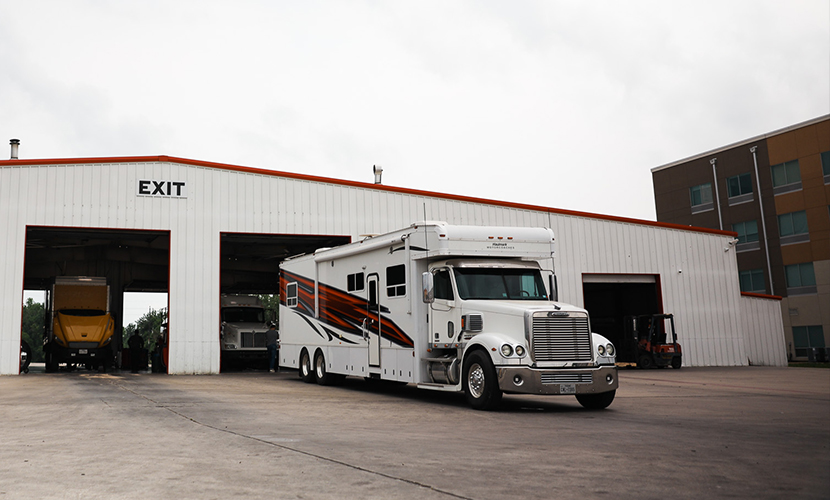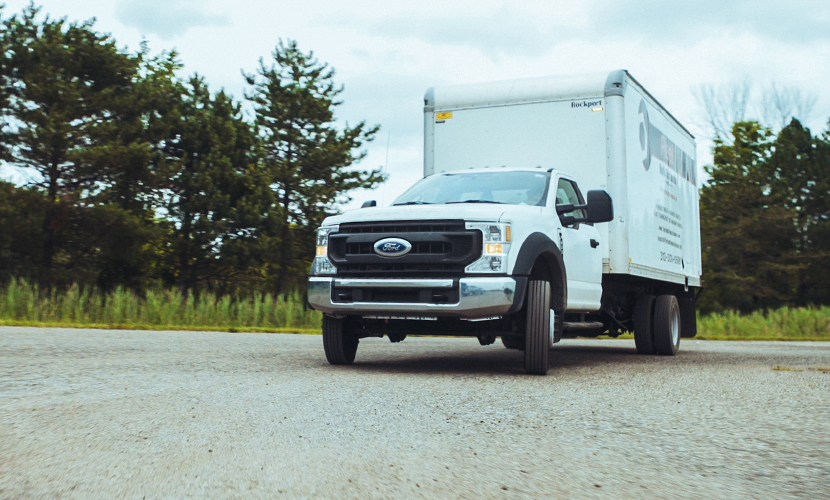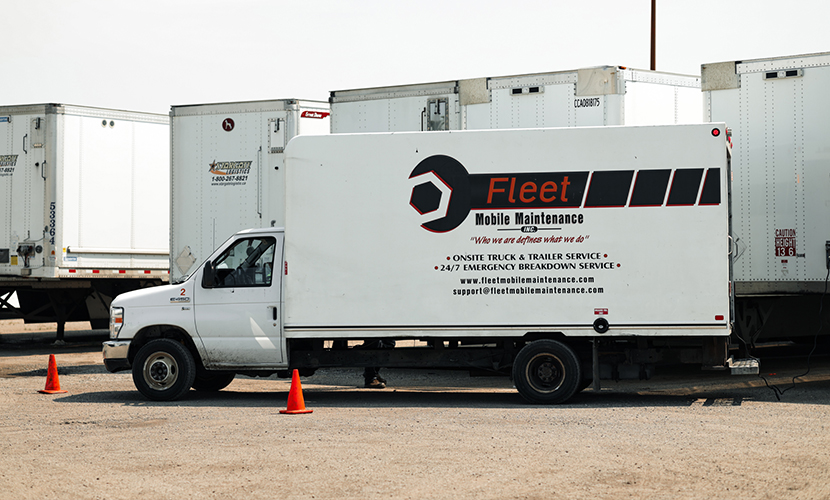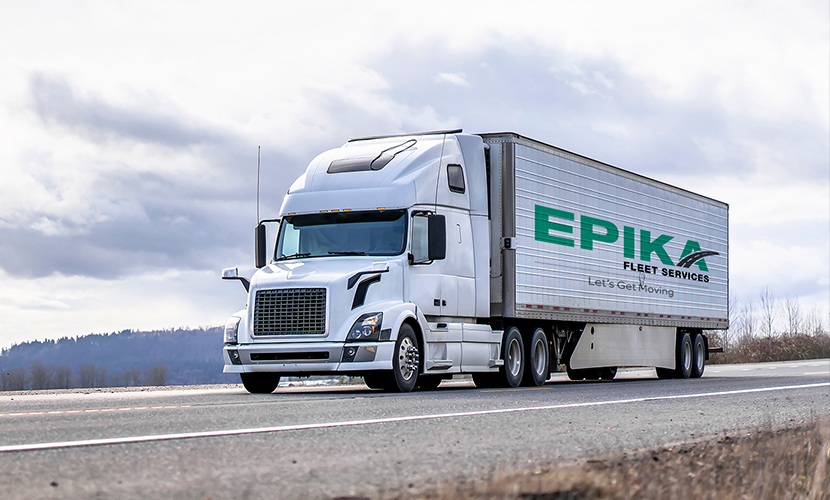Autonomous Trucks and Fleet Management in 2024
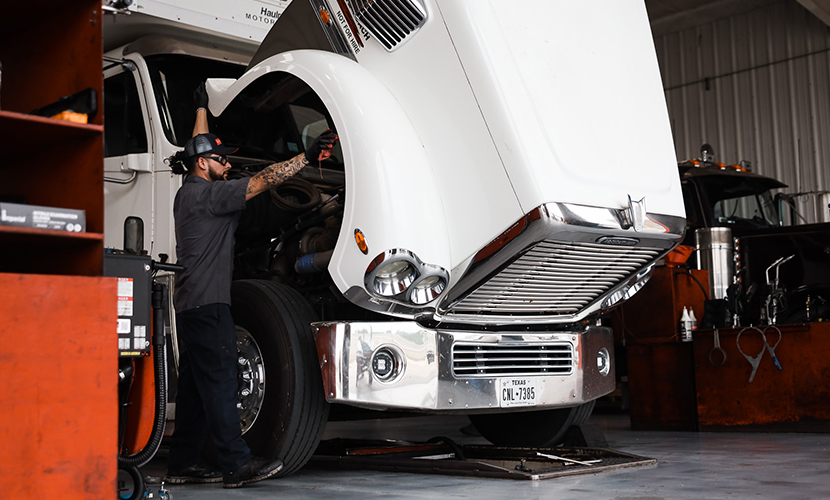
Self-driving vehicles have been something out of science fiction for nearly as long as there have been vehicles, but over the last handful of years, a surprising amount of progress has been made towards the actual development and use of autonomous cars and trucks.
While much has been made of Tesla and its “full self-driving” system full of problems, other companies have been making much better progress much more quietly in the background. Some of those companies have been testing and actively on the roads even this year, and 2024 is looking to be an exciting year for the advancement of logistics technology.
Optimism always needs to be tempered with caution, however, and while 2024 may be a turning point for some, we’re still far from a world where global logistics is handled autonomously.
Why Autonomous Shipping is Overdue
Critics point to automation in its various forms as a way for companies to lay off human workers and outsource their jobs to capture more profit for executives. While that’s certainly the motivation for a scattered few businesses, there are many other concerns that lead to automation. Moreover, automation is rarely actually a cost-saving measure, at least initially. Humans have training, judgment, critical thinking skills, and more, all of which are difficult or impossible to replicate with a robotic system.
That said, there are some reasons why certain industries, like logistics and shipping, can benefit from a focus on autonomous driving and fleets.
Perhaps one of the biggest is the driver shortage. Recent surveys indicate that, across the United States, there’s a shortage of 80,000 drivers necessary to keep nationwide logistics running smoothly. Worse than that, the shortage isn’t improving; estimates say that by 2030, the number will double, and we’ll need 160,000 more drivers to keep up with demand.
Why is this happening? Many reasons. Foremost among them is the far-ranging effects of the Baby Boomer generation reaching retirement age. Around the world, there are nearly five times as many drivers over the age of 55 as there are drivers under that age. Even if a similar proportion of people across the generations were entering logistics as drivers, the relative size of these generations means fewer new drivers enter than older drivers leave.
At the same time, trucking isn’t glamorous. It has a generally negative public perception and coupled with industry-wide tales and horror stories of long hours, low pay, time spent away from families, poor working conditions, and the risk of being on the highways all the time, and you can see why relatively few people seem interested in the career. Even if most of those criticisms are overblown, exaggerated, or simply untrue with modern shipping, the perception persists.
It’s no wonder, then, that logistics companies are turning to the development of autonomous trucking as an option.
Is Autonomous Trucking Ready to Go?
Perhaps the biggest question you might have is this: is autonomous trucking ready to go, or is it still a pipe dream?
The answer is somewhere in the middle, but a lot closer to the first than you might imagine.
In fact, self-driving trucks are already on the roads.
Aurora, an autonomous trucking company, has been testing self-driving trucks throughout Texas. Currently, through the end of 2023, they’ve been running around 75 loads across Texas interstates per week, fully autonomously. Other companies are progressing at a similar pace, like Embark and TuSimple. Other firms, like Kodiak Robotics, are also competing.
Make no mistake; this isn’t a commercial venture yet. It’s still in testing. Every load carried throughout the state from partners like FedEx and Walmart is carried by an autonomous vehicle but backed up by an operator. Each truck has a backup driver poised and ready to take over at the first sign that the truck isn’t behaving safely. Meanwhile, an operations specialist rides shotgun to monitor the system, take feedback and record readings, and funnel data back to development for use in improving the systems.
Aurora isn’t the only company pushing for self-driving freight. Texas is a hotbed for development, due in part to favorable regulations but more so because 20% of the nation’s shipping takes place on Texas roads, and the large, generally straight and flat roadways through many parts of the state make for great testing grounds. Elsewhere, other companies are developing their own technologies in places like China.
All of that said, despite these vehicles already sharing the roads, they aren’t quite ready for wide-scale rollouts just yet.
Obstacles to Fully Self-Driving Fleets
There are quite a few reasons why you aren’t going to be able to buy self-driving trucks to augment or replace your current fleet next year.
The first is that the technology is still in development. While it’s closer than many people might think, that doesn’t mean it’s here. For example, one of the biggest issues is simply that all of these technologies are being tested in places like Texas. That’s fine when you need to haul a load through a long, flat desert or through the well-known interstates in a hot and dry climate. What about elsewhere? What about the rainy Pacific Northwest or the ice and snow of the Midwest and Northeast? Currently, these technologies are completely untested in these inclement conditions.
Of course, autonomous trucking doesn’t have to be all-or-nothing. If the technology ends up proven and reliable in ideal conditions, it simply means that it can be adopted in those conditions, and the drivers who would otherwise drive those routes can be moved to more complex or less-than-ideal routes. That all remains to be seen, though.
Another obstacle is regulations. Currently, self-driving vehicles are really only allowed on the roads because they have a backup human operator ready to take over control at any time. Nearly half the states in the country have some regulations allowing for self-driving trucks on the road, but these regulations are sporadic and inconsistent. No two states are identical. There are also differing regulations between full self-driving cars and commercial fleet vehicles.
In short, it’s a mess, and it’s not likely a mess that’s going to be sorted out any time soon. The government is slow and ponderous at the best of times, so it remains to be seen what kinds of laws, regulations, stipulations, and requirements will be handed down from on high or built up from the state level over the coming years.
Expense, of course, is another roadblock. Many logistics and fleet companies that currently struggle with the driver shortage don’t necessarily have the resources to buy new self-driving trucks. This is especially true when those trucks still need drivers as a backup; the savings aren’t savings, not for many years to come.
Cybersecurity is also critical to anything autonomous. Increasingly “smart” vehicles are also proving increasingly vulnerable to various kinds of software and hardware exploits, and that’s not the kind of flaw that can be systemic throughout a national transportation grid.
You also have to think about trust. Even a tested self-driving system has the potential for issues and errors, which is why all such systems currently require a driver in place and ready to take over. If you remember, one of the main driving factors behind autonomous truck development is the driver shortage. Well, it doesn’t solve the problem if your self-driving trucks still need a driver, right?
Finally, there are also all of the other things relating to trucking that aren’t the driving part. How does a self-driving truck fuel up? How does it handle inspections? Systems aren’t really in place to handle these scenarios, at least not outside of their testing zones. Answers will come, eventually, but they aren’t set up and ready to go for next year.
What Fleet Managers Need to Know for 2024
The coming year is likely to be a turning point in self-driving commercial vehicles, with a primary focus on first-mile and middle-mile transportation. Self-driving faces many challenges off the interstate, but for long-haul primary transportation and middle-mile transportation between distribution centers, it’s much more likely to be a viable option.
One thing is certain: autonomous trucks are not going to solve your problems in 2024. They’re still too new, too underdeveloped, and too untested to reach widespread availability. Fleet managers can look to partner with certain companies for regional testing, primarily in the south and southwest, but this is – as is so often the case – the kind of innovation that will come from the biggest companies first and make its way to smaller logistics firms later.
For fleet managers, there are two things you need to know for 2024, at least in terms of fully autonomous commercial vehicles.
First, don’t expect to be able to buy off-the-shelf autonomous fleet vehicles. These systems, even as advanced as they are, aren’t plug-and-play. They require dedicated setup and testing along consistent and defined routes and rely on human backup operators to solve problems as they occur.
Relatedly, the second key point is this: don’t expect to replace your drivers any time soon. For the time being – and for the foreseeable future – self-driving is not trusted enough, consistent enough, or tested enough to be viable without a human driver present in the driver’s seat, ready to assume control when necessary. Self-driving may, eventually, reach this point, and that’s something many of these development companies are banking on, but self-driving isn’t going to solve the driver shortage any time soon.
Autonomous vehicles are definitely something to keep an eye on, but there’s bound to be a lot of shake-up before things settle and become widespread. Companies will rise and fall, technologies will be developed, hyped, and ultimately succeed or fail, and there will likely be both incredible success stories from early adopters and tragic failures from an early investment that goes awry. Unless you’re determined to be a success story – at the risk of being a cautionary tale – it’s likely better to sit back and watch as the story unfolds first.
One thing you might consider is looking into more driver-assist technologies. While the headlines talk about fully autonomous vehicles, there are also numerous companies working to develop evolutionary systems. These start essentially as driver assistance technology to help reduce some of the burden on drivers while still relying on them to operate the vehicle. Think of it more like an airplane’s auto-pilot on the ground: something that can be engaged to keep a truck at a consistent speed and in a consistent lane for a long haul but needs to be adjusted or disengaged when something outside that norm comes up.
These are likely to be much more readily available in the coming year. Companies like Plus, for example, are working on these incremental driver assistance systems. They will grow and add features over time, with the intent to reach fully autonomous driving eventually, but providing value in the meantime.
For more detailed prognostication and forecasting, global industry-wide surveys and studies like the Autonomous Truck Market Report can give some valuable insight into the state of the market and the technology poised to enter it.
One thing is certain: demand for full self-driving fleets is here and will only grow as the driver shortage grows more and more stark. Technology and development are racing to meet that coming need, but it’s not going to make it next year; there’s simply no way that the combination of regulations, technologies, development, and trust will combine in that time. Make no mistake, though; we’re looking at time measured in years, not decades, before these technologies hit the road.
For now? Fleet managers have more pressing concerns to think about. Improving fleet telematics, making use of 5G service, hardening systems to cybersecurity threats, and using big data analysis to promote predictive and preventative maintenance are the concerns that should drive you in 2024.
Fortunately, we’re here to help. At Epika, our nationwide network of service providers is available to provide any service you could need, from installing driver assist and telematics systems to performing preventative maintenance and, of course, repairs to your fleet vehicles. Just click that link to find nearby service providers and get started with proactive efforts today.

